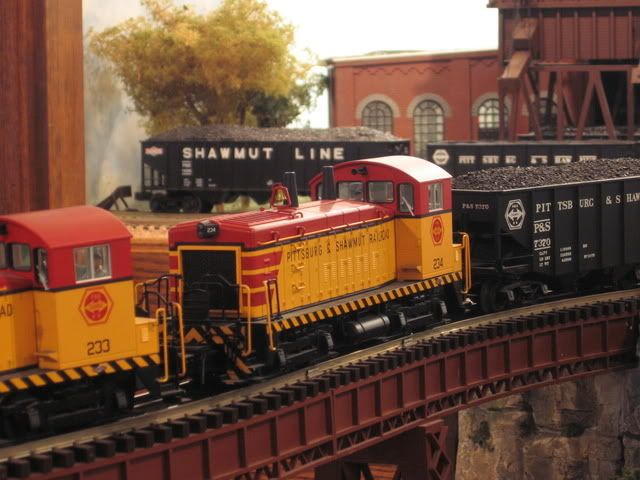I would like to add some weights to my cars to help them track better. I had some (lead weights?) awhile back. I think they may have come from Atlas but I forget. Has anyone else used weights from Atlas? They are rectangular with a screw hole in the middle. If not, what do you use as weights and what do you use to hold them in place? I would like to glue them in place but don't know what type of glue would be safe for plastic yet adhere to metal ex. like a large metal washer or nut.
Thanks, Rick




